Diamond Aluminum Blank
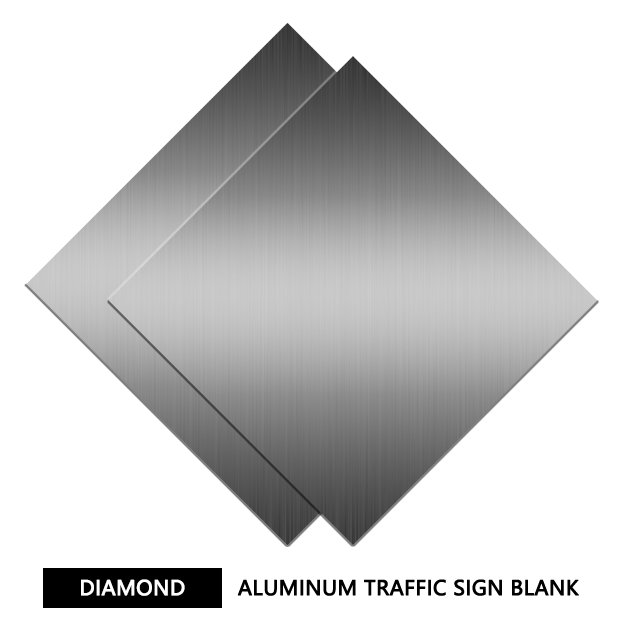
We make diamond traffic sign blanks from lightweight yet durable, weather- and corrosion-resistant aluminum alloy. The diamond embossing provides added strength and diffuses glare on the sign surface. Blanks come in standard widths of 24” to 60” and thicknesses ranging from 0.063” to 0.250”.

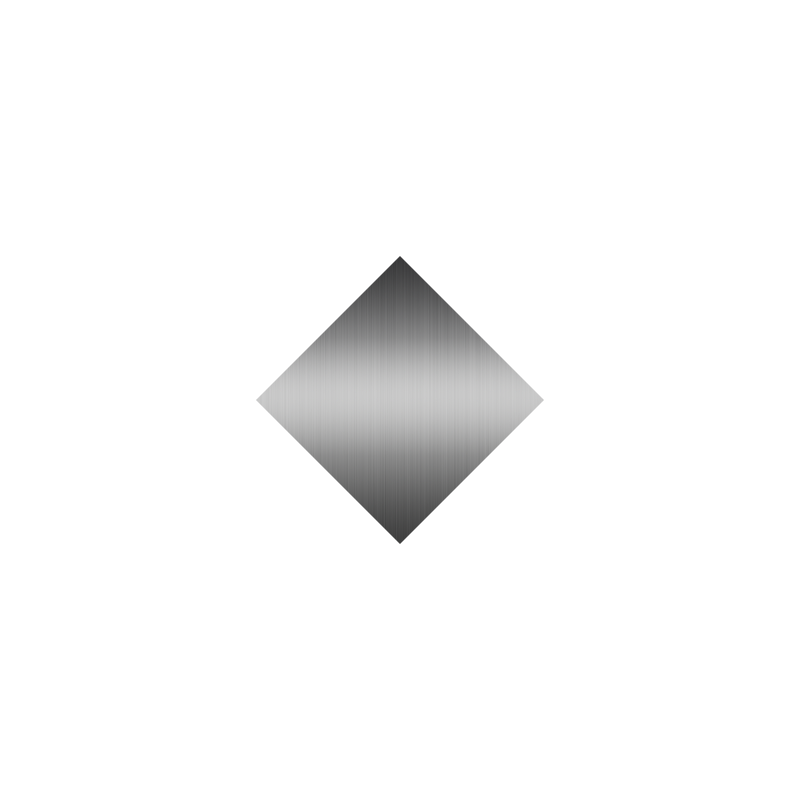
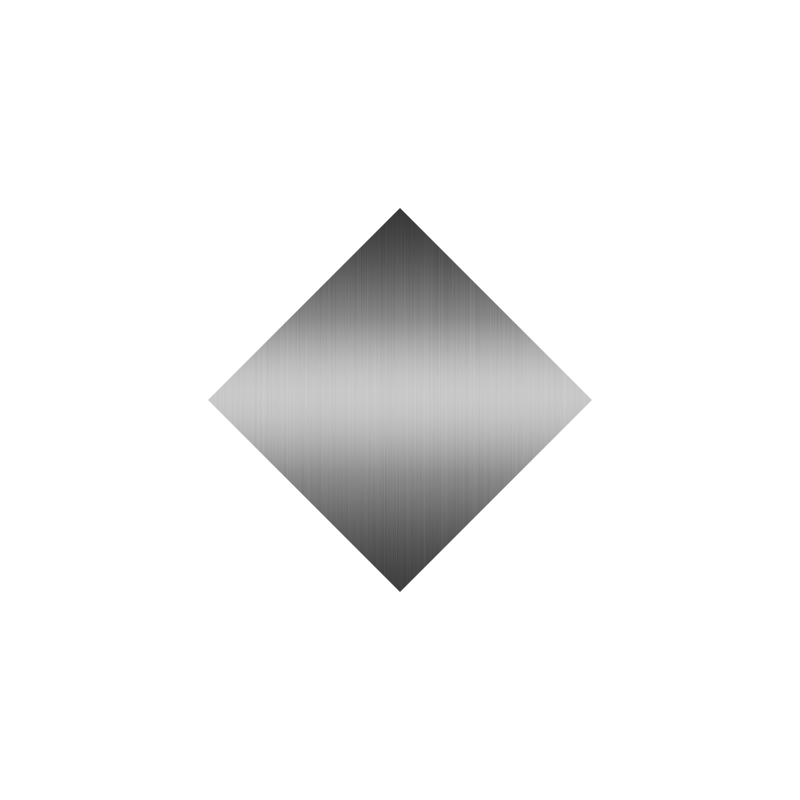
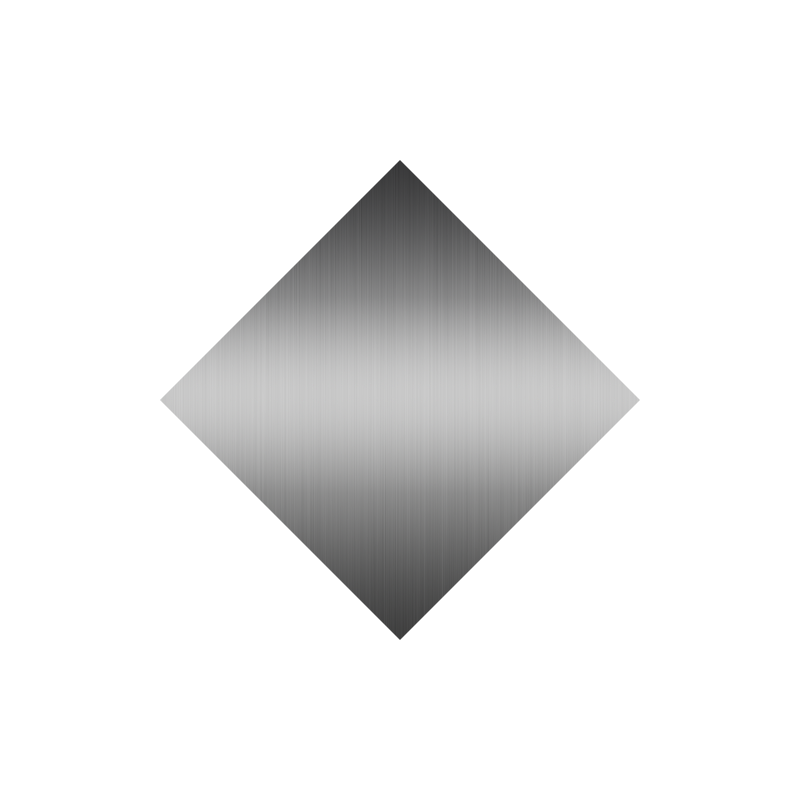

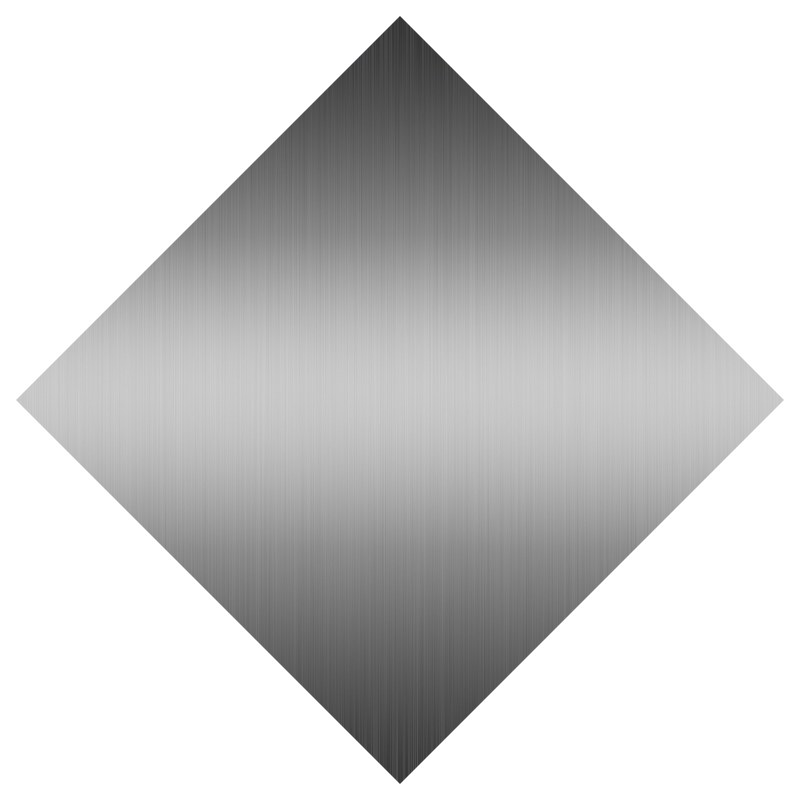
A1: They are made from aluminum alloy metal, typically 3004-H38, 6061-T6, or 5052-H38 alloy, providing strength and corrosion resistance.
A2: Common sizes are 12″, 18″, 24″, 30″ diameter, 36″, 48″, and 60″. 12-36″ blanks are usually 0.080″ thick, while 48-60″ blanks are 0.100″.
A3: 0.080″ and 0.100″ are typical thicknesses used. 0.125″ can provide extra rigidity for very long street name signs.
A4: Yes, they can be screen printed, vinyl applied, painted on, or metal letters can be stud mounted. You can also add reflective coatings.
A5: You can use diamond traffic sign blanks to produce various traffic signs, including stop signs, yield signs, speed limit signs, directional signs, street name signs, construction signs, and warning signs.
A6: Yes, their durability makes them ideal for temporary traffic control signs, construction signage, road work signs, event signage, and more.
A7: From metals suppliers, sign supply manufacturers, and online retailers specializing in custom sign blanks.
A8: Yes, the aluminum alloy metal is durable and corrosion-resistant. It can withstand sun, rain, snow, and wind exposure without significant deterioration.
A9: Properly made signs using 0.080″ or thicker blanks can last 10-15 years in outdoor conditions before needing replacement. Reflective coatings may need reapplication after seven years.
A10: We can cut blanks to custom widths and lengths based on required sign dimensions. Standard cutting methods include table saws, circular saws, or hydraulic shears.
A10: Solvent-based screen printing inks, 3M/Avery reflective vinyl films, and polyurethane coatings work well. You can also use enamel spray paint.
A10: Blanks have square, right-angle corners. The edges are smooth and free of burrs or deformities. Rounding is an option as needed.
A10: You may drill corner holes for bolt mounting. Low-profile rivets or epoxy studs can adhere to letters/graphics without drilling.
A10: Diamond traffic sign blanks are relatively easy to clean and maintain. You can wash them with a mild soap and water solution. For more stubborn dirt and grime, you can use a soft brush. It is essential to avoid using abrasive cleaners or harsh chemicals, as these can damage the finish of the sign blank.